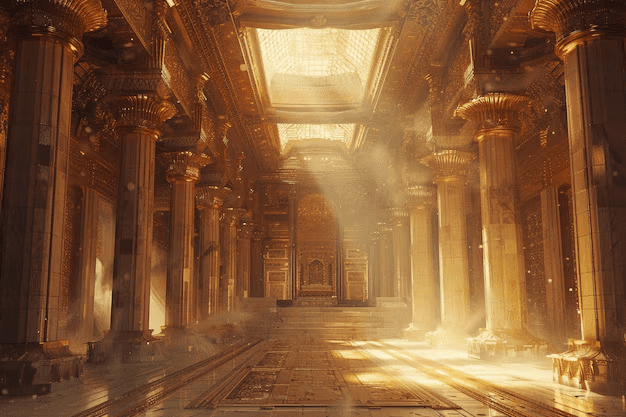“Light is the most important thing in architecture, it is not the form but the space lighting that makes the environment.”
Light is one of the most powerful elements in architecture. It does more than make a space visible—it shapes how we perceive and experience that space. How light interacts with surfaces, colors, and forms can change a room’s atmosphere, mood, and function. Throughout the years, light has played an important role in architecture, from symbolic and practical uses in ancient civilizations to the aesthetic applications we see in modern design. From the alignment of temples with the sun in ancient Egypt to the expansive glass walls of modernist buildings, light has continually shaped how spaces are observed and experienced, reflecting the cultural and artistic advancements of each era.
Light as a Catalyst for Spatial Awareness
Light is not just a visual element but also a catalyst for spatial awareness as well as a deeper consciousness of place. In architecture, light reveals space, form, and materiality, guiding the eye and orienting the body within a space. Beyond its visual properties, light can heighten sensory perception and awareness, engaging both the body and mind in a dialogue with the environment. When light is thoughtfully integrated into architectural design, it reveals the subtleties of a space’s geometry, directs movement and encourages users to be present in their surroundings.
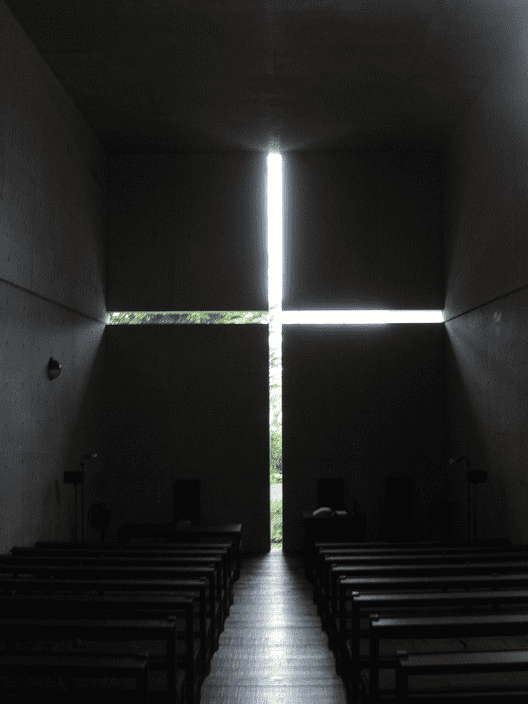
For example, a collage of light and shadow can create a rhythmic pattern, drawing people into an experience of a building. They move through varying intensities of light—from the dappled patterns of sunlight in a courtyard to the subdued glow of a contemplative interior space. In this way, light becomes a tool that the best architects in Lahore use to awaken a heightened state of consciousness. That makes users more aware of the spaces they inhabit and the emotional and psychological responses they evoke. This profound quality turns light into an experiential dimension. That transcends functionality and aesthetics, becoming a vehicle for deeper spatial awareness and meaningful human experience.
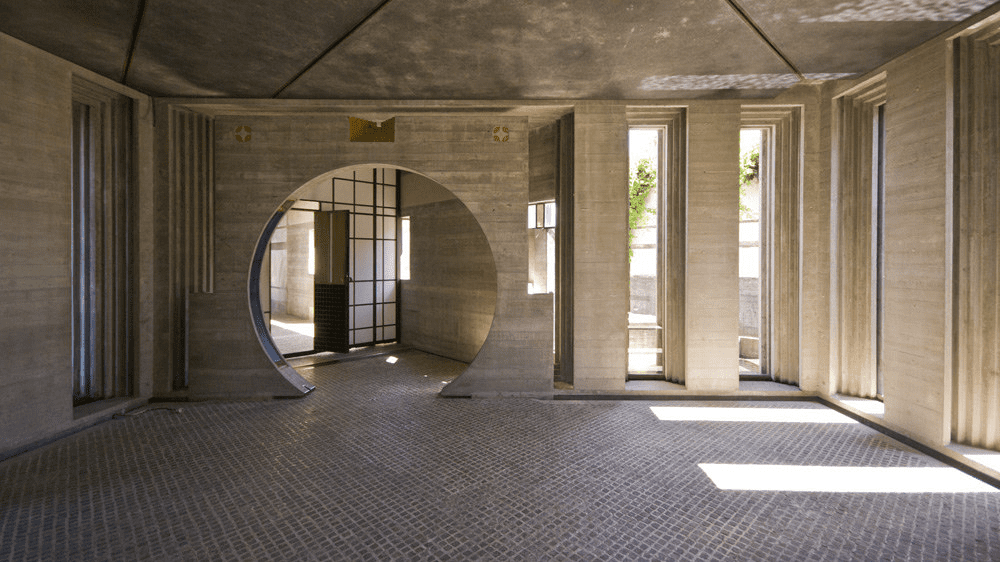
Temporal Dynamics and Rhythm
Light introduces the concept of time and rhythm into architecture. Natural light changes throughout the day, creating and evolving environments. The way sunlight moves across a space, casting shadows that stretch, shrink, and shift. It can evoke a sense of the passage of time, grounding occupants in the present moment. This temporal quality can imbue a space with a living character. Who allows users to connect more deeply with their surroundings.
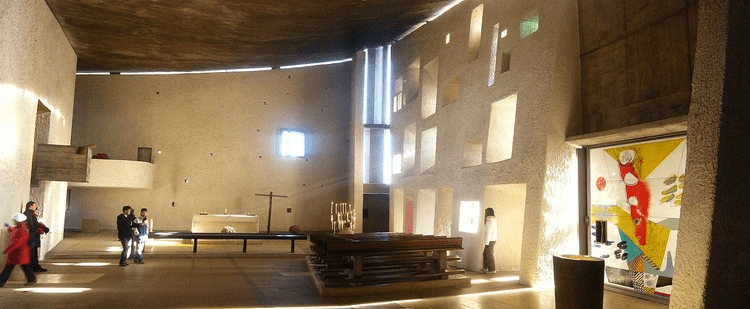
Creating Thresholds and Transitional Spaces
Light can be used to define thresholds and transitions between different spatial experiences. This marking shifts from public to private, open to enclosed, or sacred to mundane. In this way, light acts as a spatial tool that communicates the boundaries between different zones without the need for physical partitions. By using different light levels—such as dimming the light. When moving from an exterior to an interior design trends or using light as a guide in a corridor—architects can create a sense of movement and transition. That focuses on the narrative experience of a space.
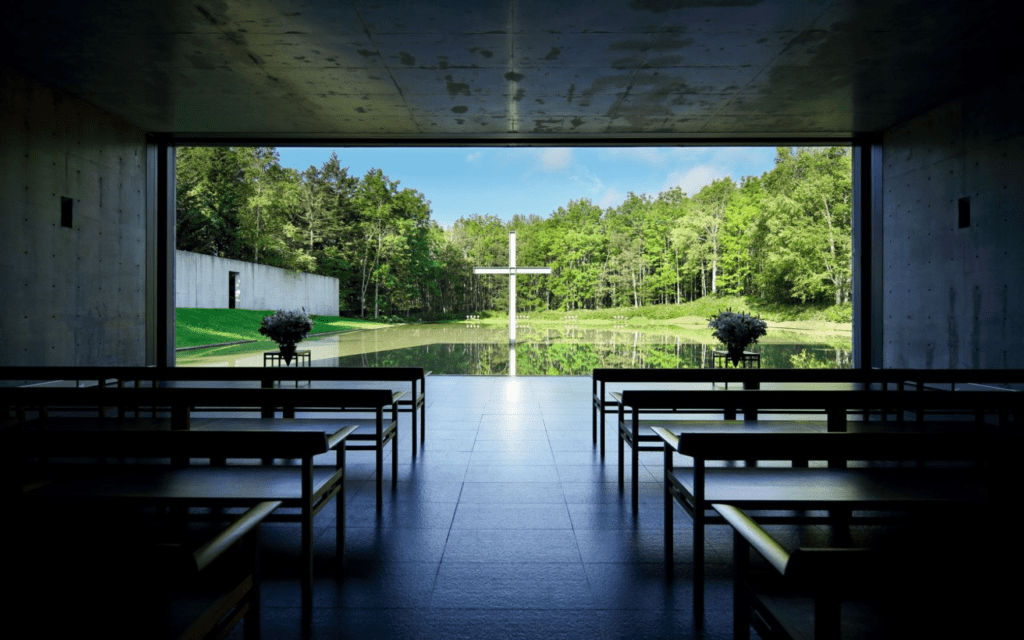
Creating Visual Interest and Focal Points
Lighting can be used to draw attention to architectural features or focal points within a space. Accent lighting, such as spotlights or wall washers, can focus on artwork, textures, or unique design elements, creating a visual hierarchy. This technique not only adds layers to the interior design. But also guides the viewer’s eye through the space, creating a curated experience.
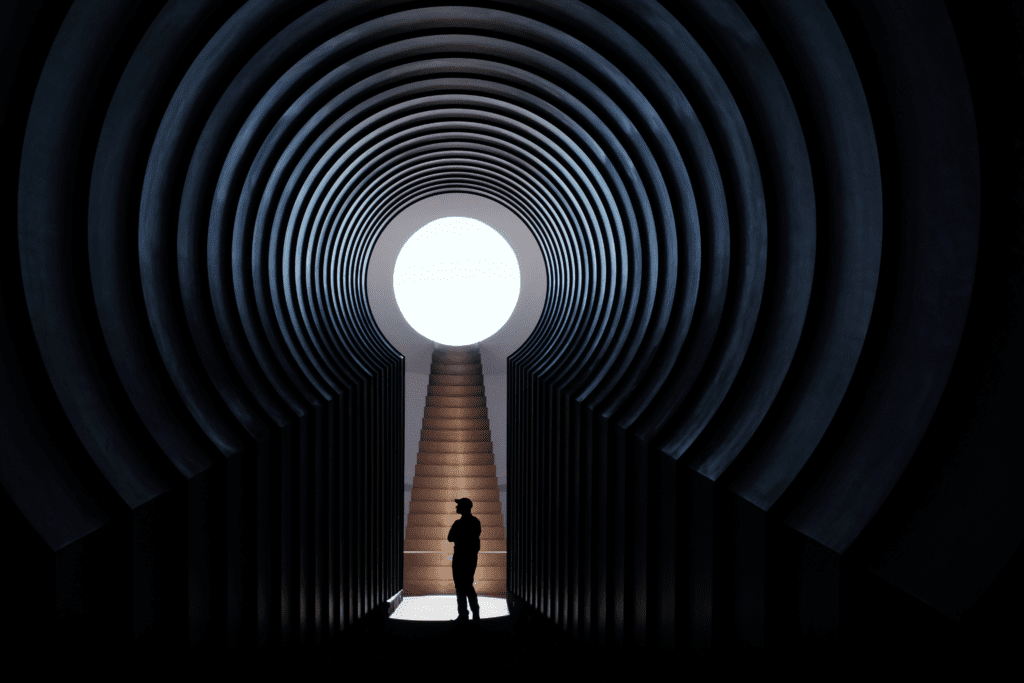
Beyond the idea of functionality, light is a transformative element in architecture by the B-studios. That influences spatial perception, defines boundaries, and evokes emotions. The integration of light in design not only enhances aesthetic appeal. But also deepens a connection between people and their environments. By shaping the way we experience space lighting becomes a powerful tool for architects to create environments. They are not only visually interesting but also emotionally and psychologically satisfying. The connection between light and space therefore has the potential to impact how we live, feel, and interact within architectural environments.
